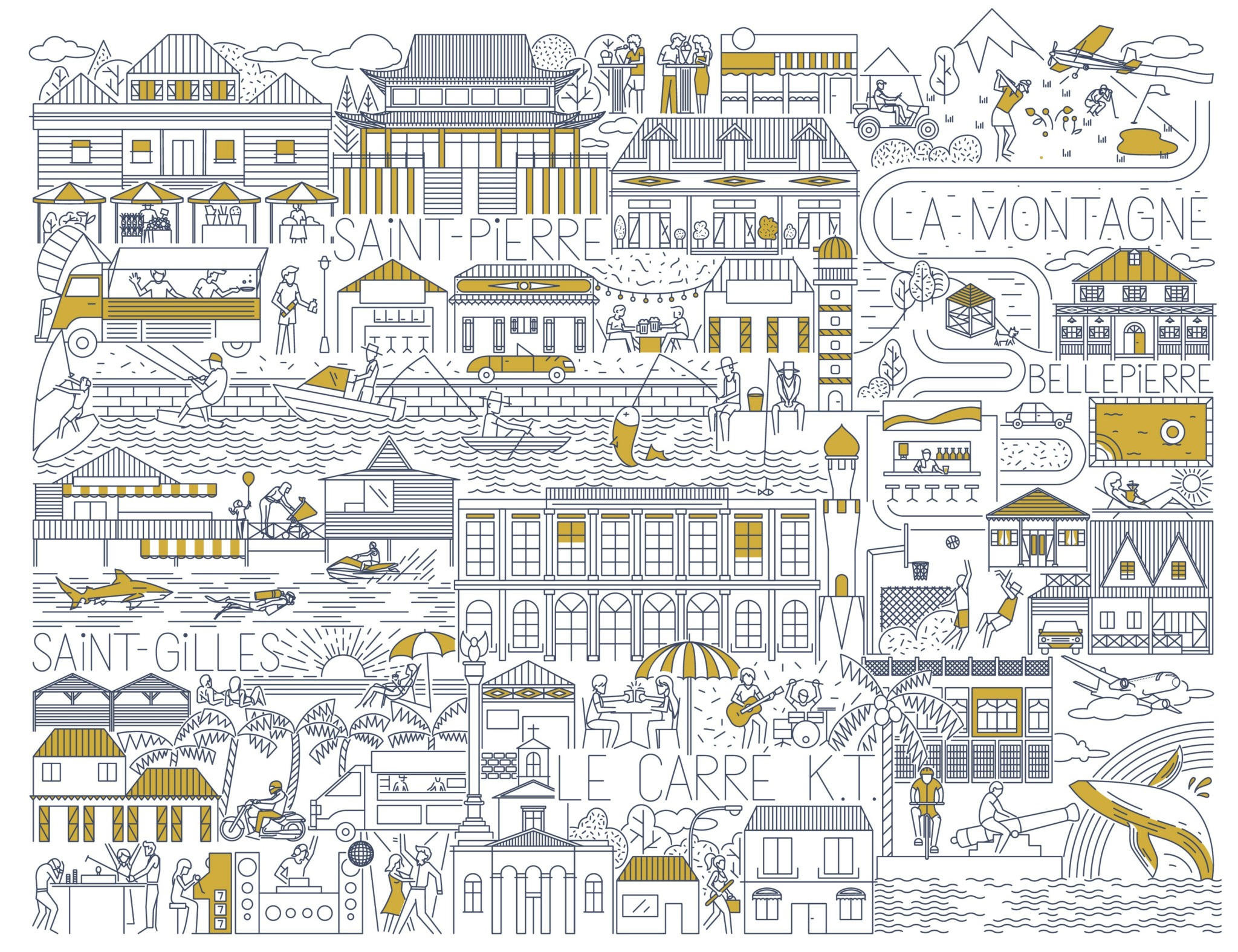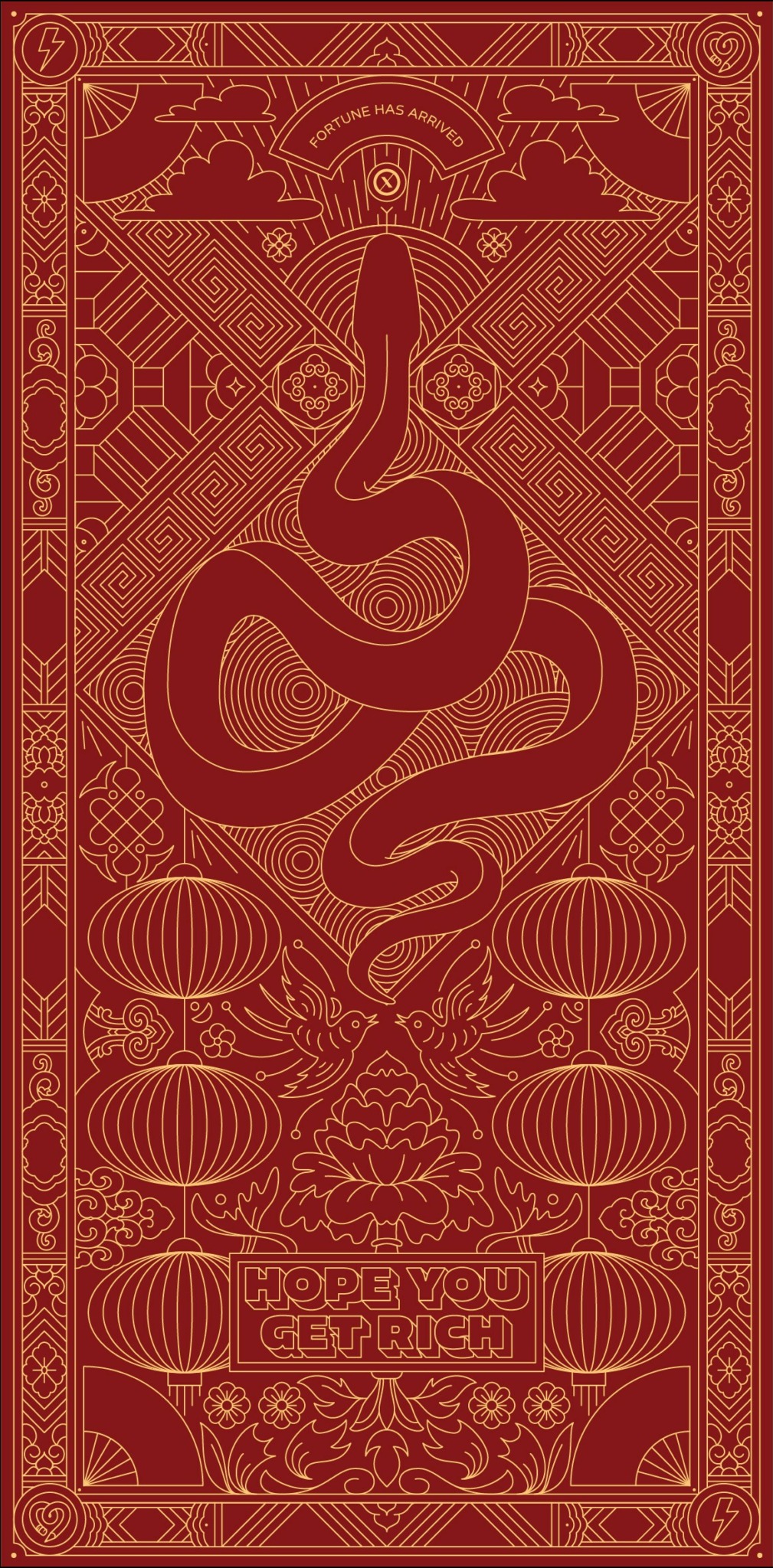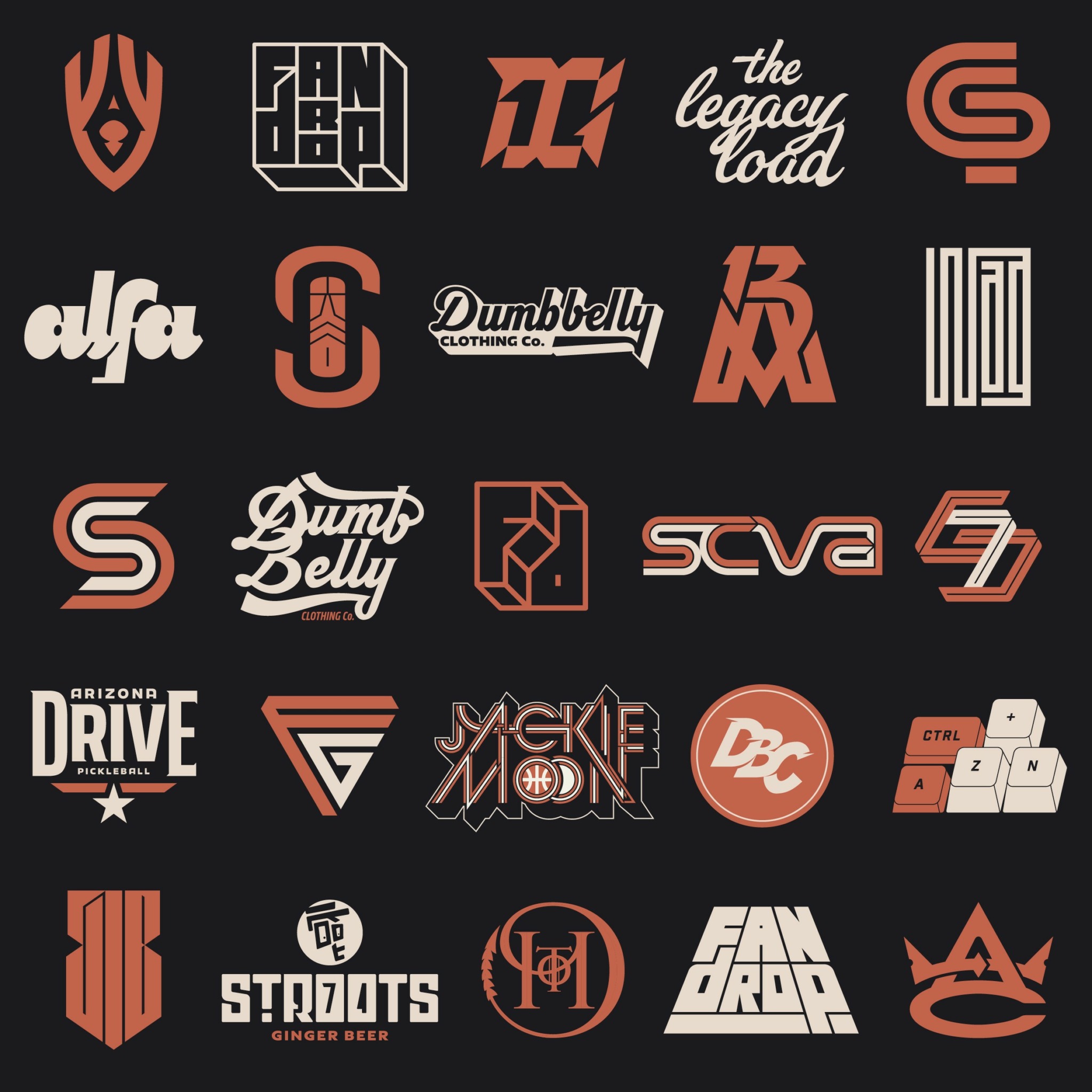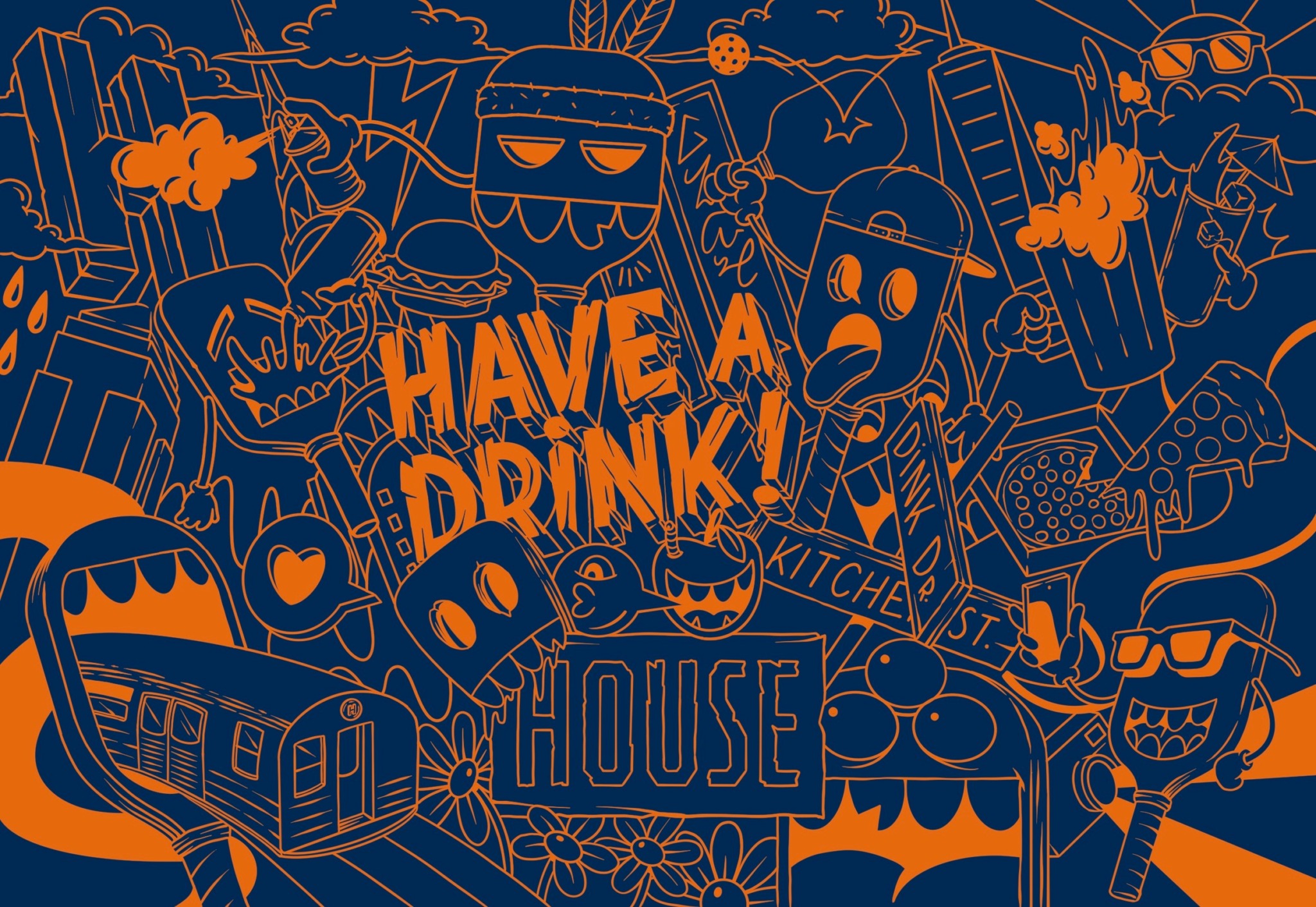We were lucky to catch up with Xavier Ah-Hot recently and have shared our conversation below.
Xavier, thanks for joining us, excited to have you contributing your stories and insights. What’s been the most meaningful project you’ve worked on?
The most meaningful project I’ve worked on is the one I’m building right now: The Legacy Load.
For a long time, I knew I wanted to do more than design. I wanted to create something with purpose, something that felt like a mission. It took years of searching and self-doubt, but this year, all the dots finally connected.
As an Asian creative born in France, choosing a creative path wasn’t easy. My family didn’t understand it. It was met with disapproval, frustration, even anger. And for a long time, that made me question myself. But through conversations with other Asian and minority creatives, I realized I wasn’t alone. So many of us carry the same invisible weight: expectations, cultural pressure, the need to be “good enough” in a world that doesn’t always see us.
That’s what inspired The Legacy Load Project. It’s a space to help Asian creatives feel seen and supported, to show them that they’re not alone, that even if they don’t have the support they need at home, they can find it elsewhere. My hope is that we can start changing how the world sees Asian creativity: not as quiet or background, but as bold, emotional, and deeply human.

Xavier, love having you share your insights with us. Before we ask you more questions, maybe you can take a moment to introduce yourself to our readers who might have missed our earlier conversations?
I’m Xavier, a designer and illustrator based in Paris, France. For nearly 15 years, I’ve been helping brands express who they are through design, illustration, and logo animation.
What I love most about my work is understanding what a client truly needs, and often helping them see it for themselves. That moment of realization, when a brand suddenly comes to life in their mind, is what drives me. From there, I get to translate that vision into something visual, something tangible.
I like to go deep into every project. I study the DNA of a brand: its story, its energy, its difference, before even thinking about visuals. But once that foundation is set, I let myself play. I think design should feel alive. It should be fun, exploratory, and full of movement.
I take pride in crafting visuals that push aesthetics and emotion, because I believe the world needs more things made with intention and beauty. My goal is to create work that feels honest, that stands out, and that actually makes people care.

Is there a particular goal or mission driving your creative journey?
Honestly, my main goal is to keep having fun with what I create. That’s always been my fuel. I really believe in the idea of play: it keeps things fresh, it keeps me curious, and it stops the work from feeling too serious or heavy. Every time I approach a project with that mindset, I end up learning something new.
But beyond that, I have two missions that really drive me. The first is helping Asian-led businesses thrive. I want to help my community show what we’re capable of, because there’s so much creativity, talent, and soul there that deserves to be seen and celebrated.
The second is helping individuals, especially athletes, build their personal brands. I’m a huge sports fan, and I think personal branding has never been more important. It’s not just about visuals. It’s about telling your own story, on your own terms. And that’s what I love helping people do.

Can you share a story from your journey that illustrates your resilience?
I feel like my whole journey as a creative has been about resilience: from the moment I chose design school up until today.
Coming from an Asian family, the idea of pursuing a creative career wasn’t exactly celebrated. I was raised to believe that success came from studying hard and choosing something “prestigious” like medicine or finance. So when I said I wanted to be a designer, it was met with confusion, disapproval, and eventually shame.
When I started freelancing, things were rough. I had no clients, no network, and a lot of voices around me telling me to give up and find something more stable. But deep down, I knew I couldn’t do anything else. So I kept going, even when it didn’t make sense, even when it was lonely.
That persistence is what built everything I have today. Looking back, I realize that resilience wasn’t just about proving others wrong. It was about proving to myself that I could trust my own path.
Contact Info:
- Website: https://www.ahhotman.com
- Instagram: https://www.instagram.com/ahhotman/




